Digital
misterwolf 12 Squiggla
-
Pou Auaha / Creative Director
Blake Enting -
Pou Rautaki / Strategic Lead
Derek Lockwood
-
Ringatoi Matua / Design Director
Tina Brooke
-
Ngā Kaimahi / Team Members
Sylvia Perez, Coco Campbell -
Kaitautoko / Contributor
AndNow -
Client
Squiggla


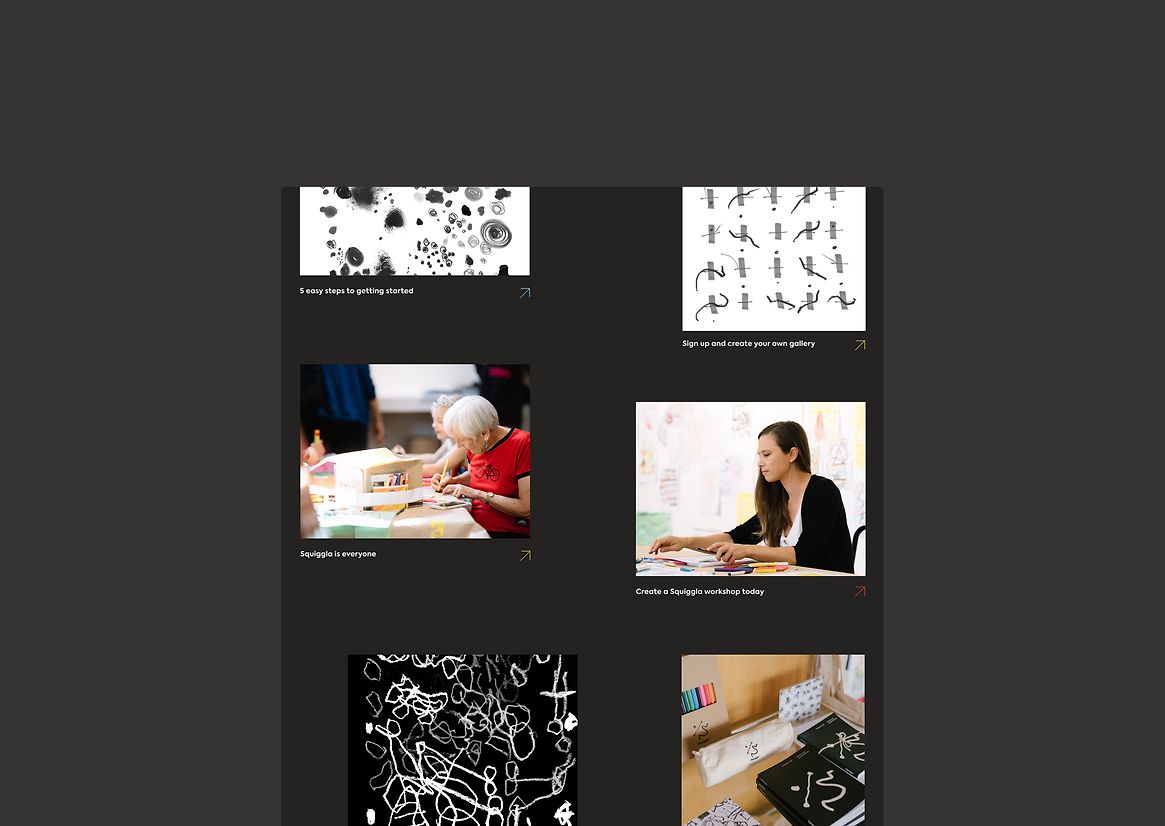

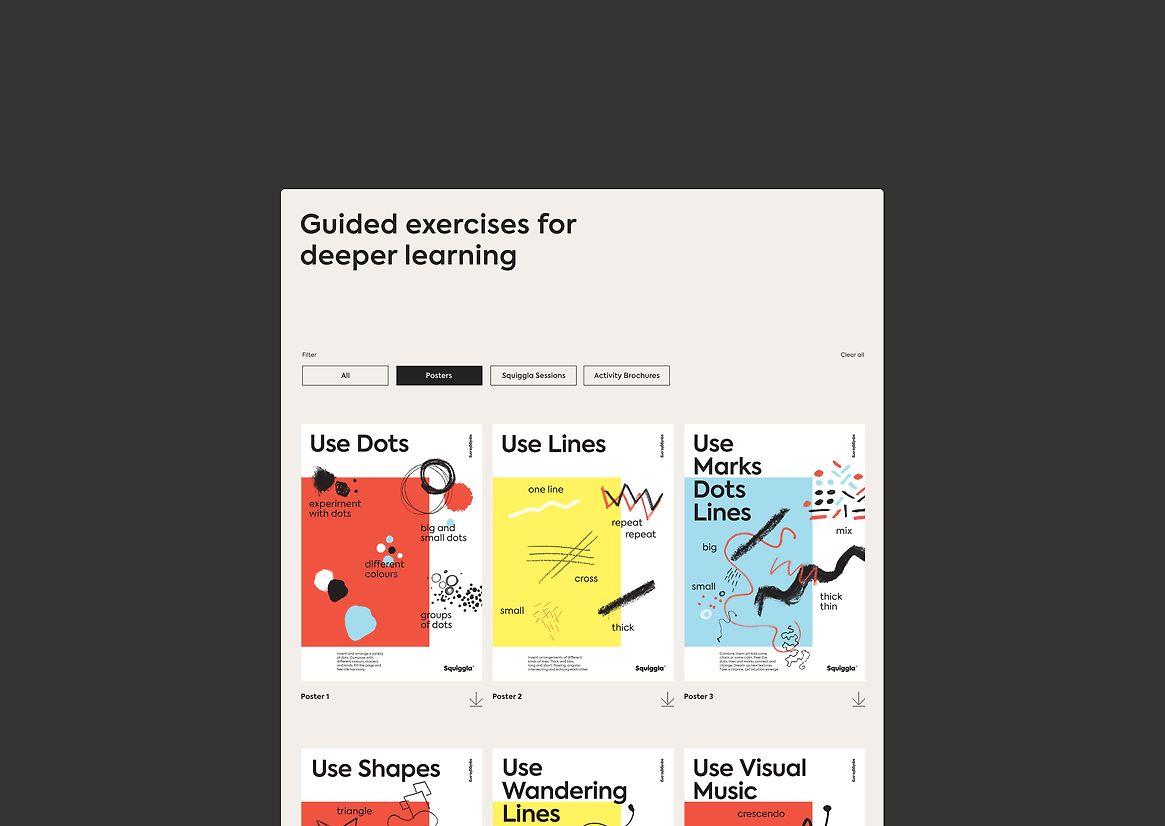
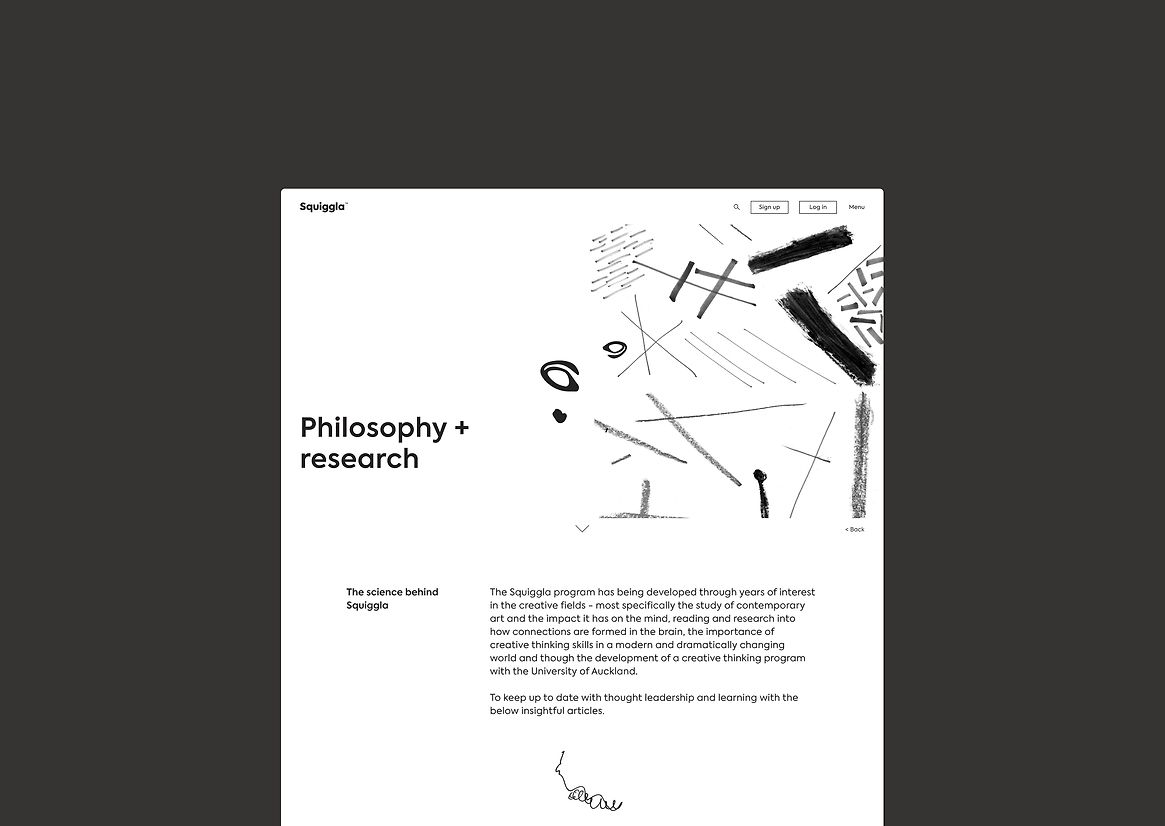
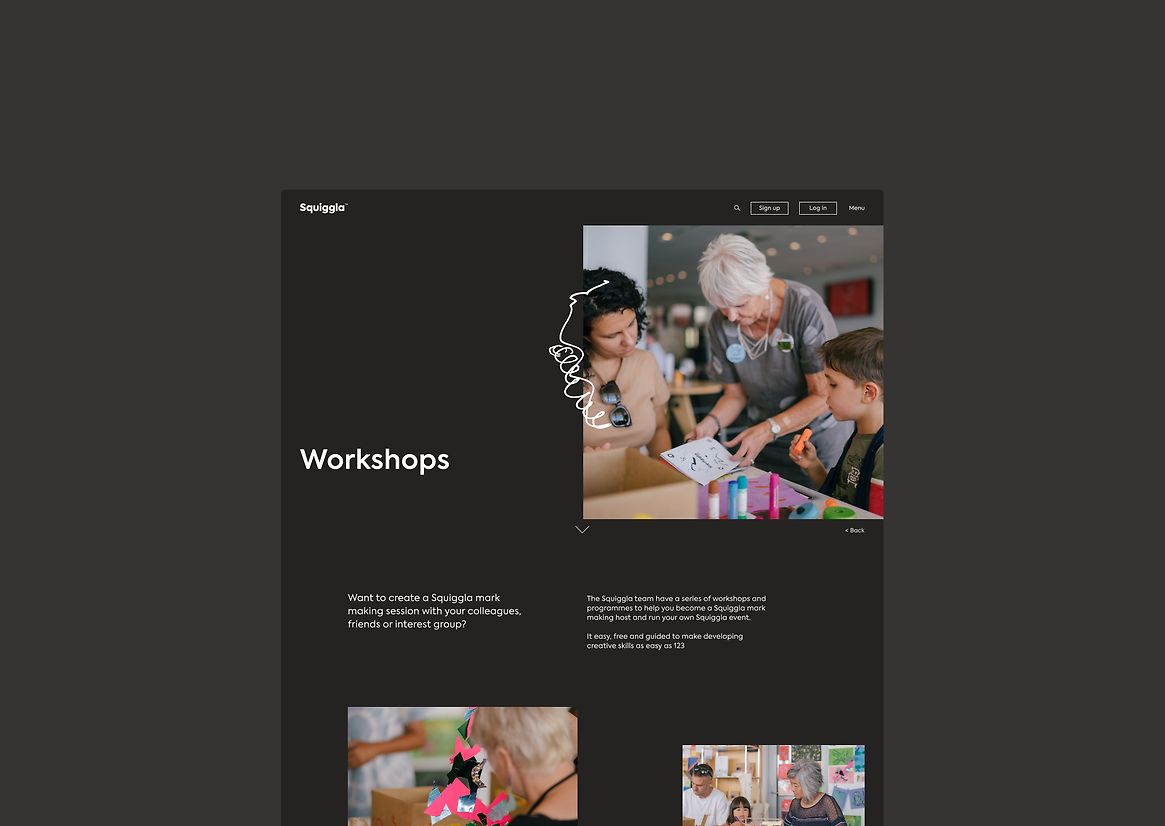
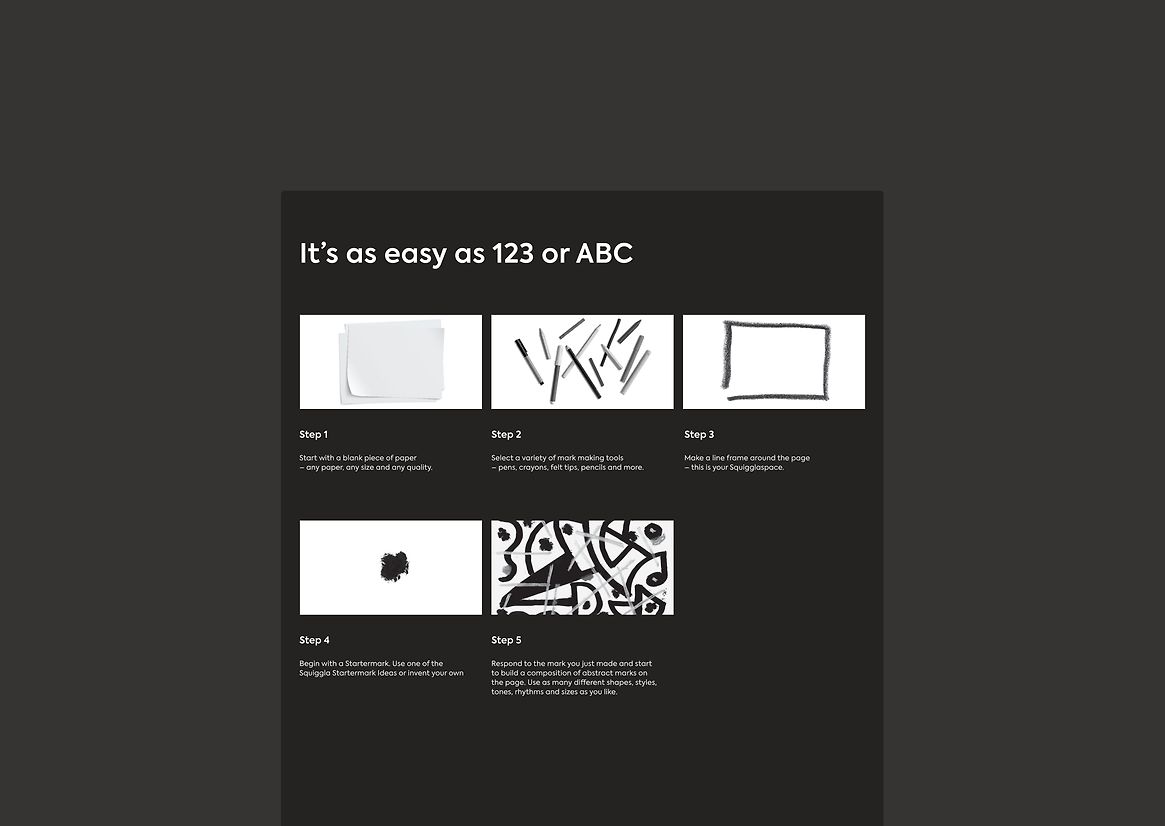
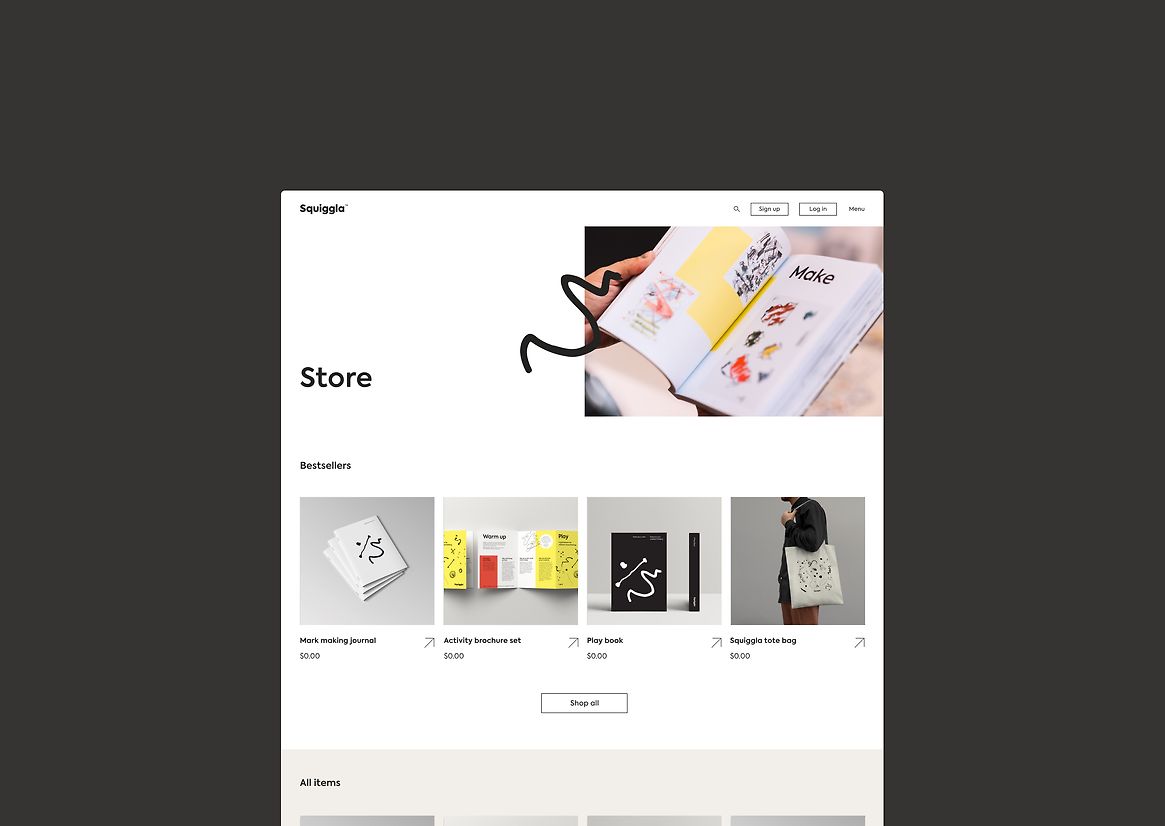
Description:
Creative thinking skills are now considered crucial for thriving in our rapidly changing world. Over the past decade, creativity has increasingly been cited as the most important leadership quality. Given the numerous challenges the world faces, it's needed more than ever.
We need to change the way people think about creativity, making it more inclusive.
Our brains tend to form fixed ways of thinking, reinforced by our educational system and societal norms that promote conformity over free expression and creative thinking.
Squiggla aims to counter this.
Developed in Aotearoa New Zealand, Squiggla is a hands-on, visual thinking programme that fosters creative thinking skills through non-judgemental, intentional, and inventive abstract mark making—dots, lines, and squiggles. It is designed for people of all ages and backgrounds.
Inspired by the Creative Thinking Project from the Chartwell Trust and Auckland University, with contributions from Professor Peter O'Connor and neuroscientist Professor Cathy Stinear, Squiggla seeks to inspire creativity within everyone. It recognises that the brain benefits from frequent (neuro) exercise to develop connectivity, just like any other muscle.
Squiggla encourages breaking from familiar habits, disrupting barriers to in-the-moment creation, and relaxing into playful exploration by connecting hand, eye, and mind – ‘brain gym' that fosters the forming of new connections in your brain.
The Squiggla brand aims to be accessible and non-threatening to a broad audience, young and old alike. This is because many people decide early in life that they ‘can’t draw’ and therefore ‘aren’t creative’. The brand lowers the barrier to trying, framing the variety of Squigglaworks without competing with them. The complexity of the works dictated a simple, purposeful brand solution providing structure and meaning.
The purpose of the brand website was to create a single point of access and inspiration, communicating the brand purpose, the philosophy, and importantly the “how to” of Squiggla.
The website celebrates the both the inspiring diversity of Squigglaworks, and the diversity of people engaging with the programme.
The desire was to make it feel both “cool” and “beautiful”, but also grounded, accessible and fun. This was achieved by having informal image layouts and small animated “squiggles” activated on-scroll. The limited colour palette ensures the complexity of the Squigglaworks doesn’t overwhelm the site experience, while still being entertaining.
The Squiggla programme has been successfully adopted by schools, aged care facilities, art fairs, and social groups across New Zealand. There is growing interest in hosting Squiggla workshops in corporate environments, reflecting the positive impact of creative thinking on well-being and health.
Through its association with Rob Gardner of the Chartwell Trust, Squiggla has been endorsed by the Auckland Art Gallery Toi o Tāmaki, the Aotearoa Art Fair, and the Sydney Contemporary art fairs. It is a regular feature in many New Zealand art galleries. Although aligning with 'art' might seem counter to democratising creativity, it has provided a platform to socialise the brand and promote it within a community of like-minded individuals.